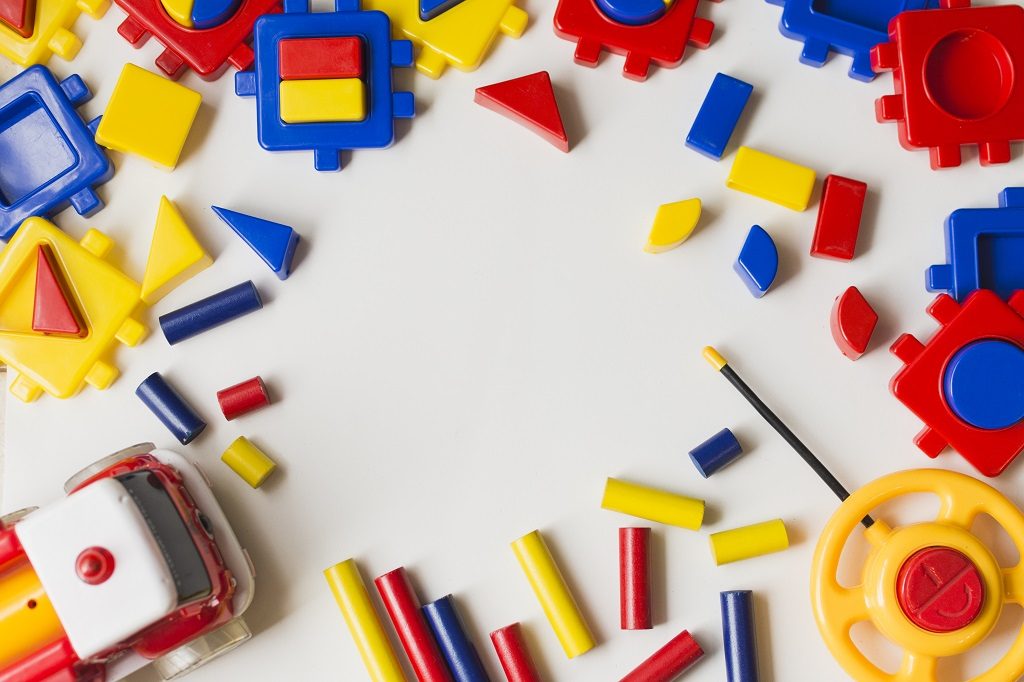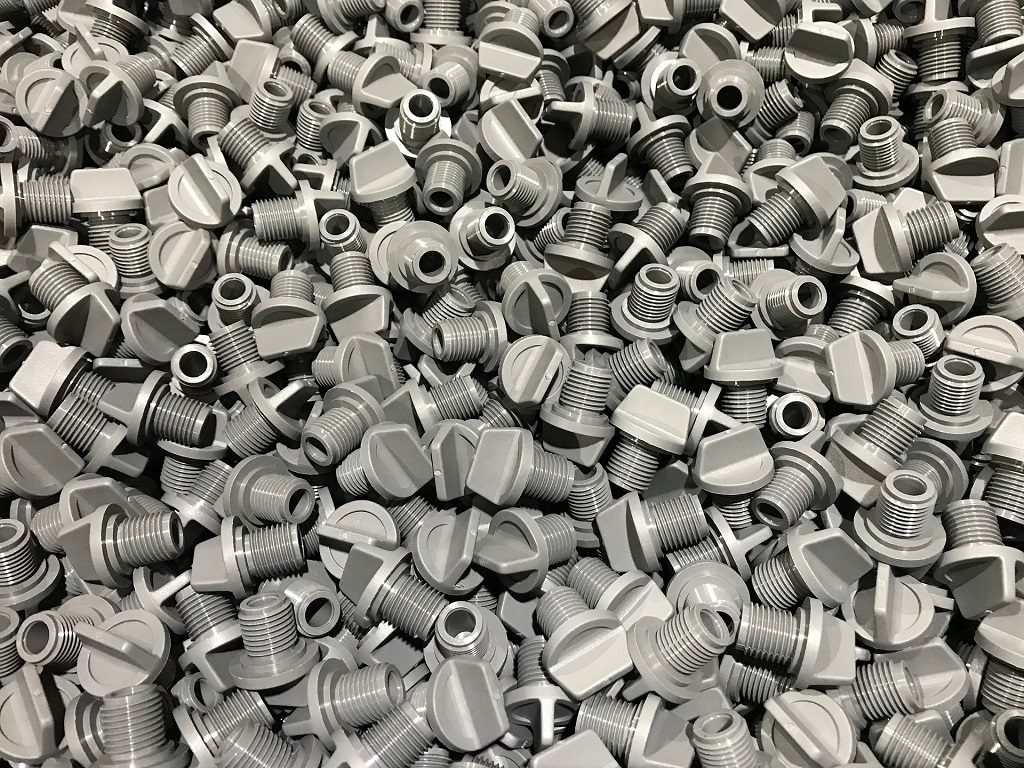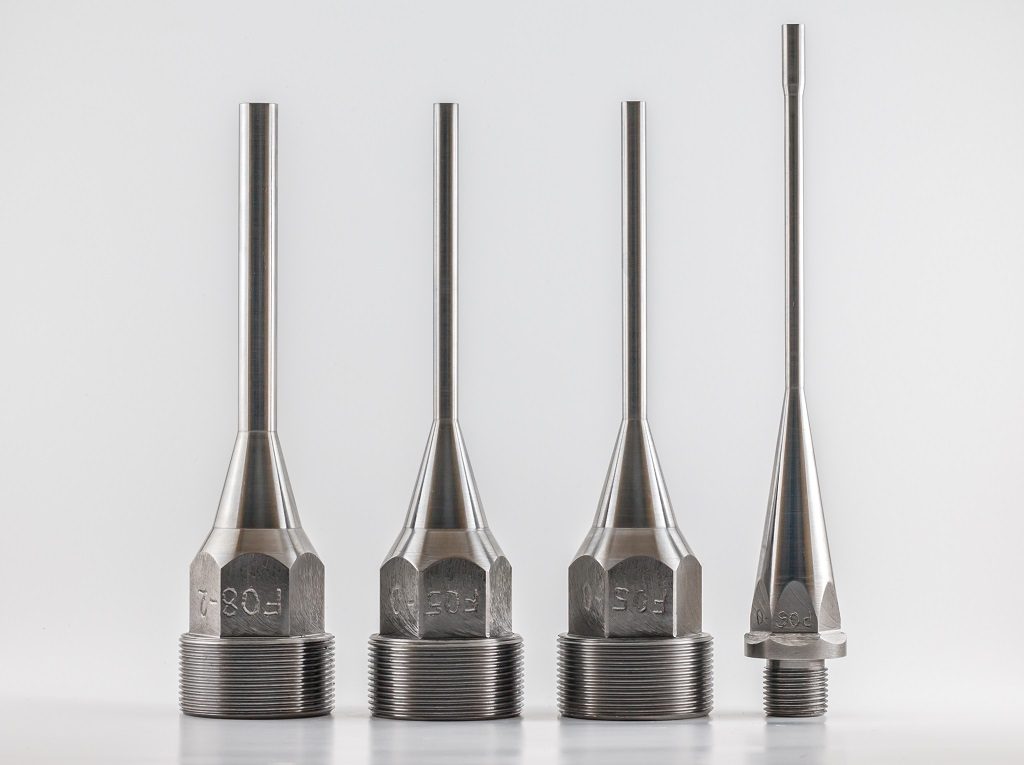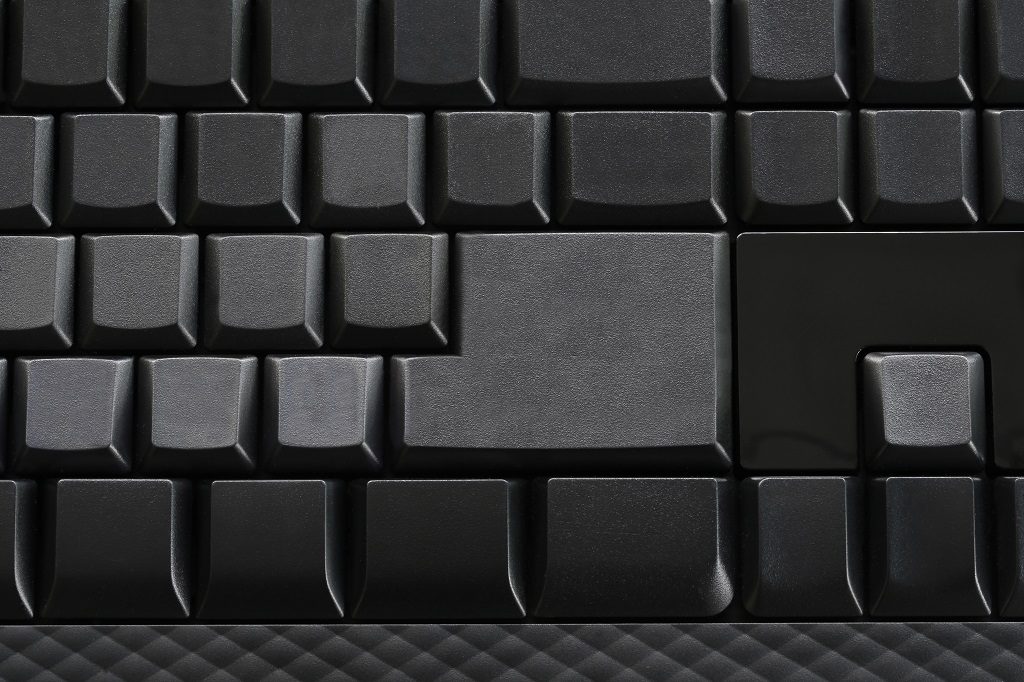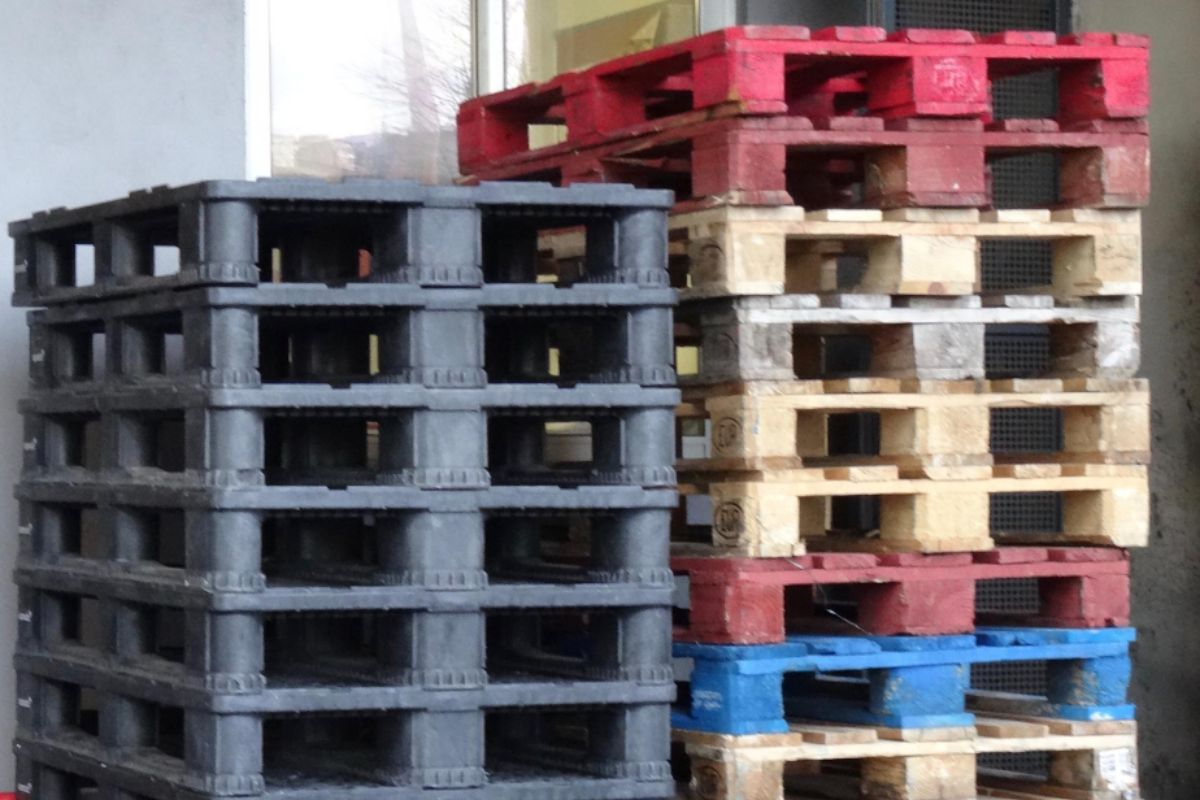What should you take note of when designing products for injection molding?
- Wall thickness
- Material used
- Shells instead of solids
- Draft angles
- Smoothed edges
- Support ribs
There are many ways to create plastic products, one of the most popular ones is through injection molding. China is probably the most popular country that does injection molding. There are tons of companies that offer these kinds of services, however, only a few are known to create quality products.
A molding company in China of any kind should be knowledgeable about practicality and functionality. It’s important that you choose wisely when looking for a company focusing on injection molding in China. Try your best in finding one that prioritizes usability and durability in every product that they make.
You can make sure of this by simply testing their wisdom for practical design. In the world of injection molding, the practicality of your design is paramount to its cost, usability, and manufacturing. By making sure that you’ve optimized the design of your product, you’ll be able to save a lot and upgrade your product into something better.
Take a look at these important design considerations that are crucial in lowering costs and improving products!
Wall Thickness
In injection molding, it’s paramount that you avoid having thick areas. Make sure to have a thin and even wall across your product. This will ensure that it will cool properly and consistently. Keep in mind that thick walls don’t necessarily lead to an improvement in the product’s tensile strength.
If it’s strength and durability that you need, you should consider using stronger materials—glass fiber filled plastic is one of the most recommended materials out there.
Material Used
Be very particular with the material that you’ll use for your product. Keep in mind what the product will be for, how it will be used, the environment where it’ll be used in, and of course, your preference. It would be best to ask the advice of an expert if you’re relatively new to the industry, or if you’re not sure about the material that you want.
You should also remember that the material used will have a drastic influence on how the part or product will feel, look, and operate. Different materials have different selling points. It’s important to decide on whether the product should be rigid, flexible, strong, or brittle.
Shells instead of Solid
Keep in mind that plastic components usually shrink during the cooling process. Solid components can be very detrimental when it comes to this. That’s why it’s highly recommended that you make parts a shell rather than a full-blown solid entity. Not only will this lower the costs of materials needed for the part, but it will also aid in making the cooling process rather consistent through the whole product!
Draft Angles
Hard, 90-degree angles are sometimes a requirement in many product designs, however, when it comes to injection molding, it’s recommended that you do away with them, or at least manipulate the design to change these angles to draft angles.
Draft angles make it easier for products or components to be removed from the mold. Deeper parts need larger draft angles. As a rule of thumb, it’s acceptable to have a 1-degree draft angle per inch.
Without draft angles, it would be a lot harder removing the part solely because of the resistance due to friction during its removal. For ease of removal, there should be draft angles present on the inside and the outside of the part. When a part doesn’t have enough draft angles, the product or component becomes prone to scrapes along the sides of the part!
Smoothed Edges
Much like draft angles, rounded or smoothed edges are incredibly important in helping part ejection easier. Having this kind of edges is a rather multipurpose feature. It also helps facilitate better material flow throughout the mold. Making use of these edges also prevents excessive expenses when creating the mold and it also prevents cracks created due to stress concentration.
Support Ribs
As mentioned above, creating thicker walls and components don’t necessarily lead to stronger parts. The thin walls, however, are sometimes not as strong as they’re set out to be—and that means they need some kind of support to it—which is where support ribs come into play.
Support ribs are used mainly in two situations. In parts that have 90-degree angled walls that meet and parts that have long areas that have very thin wall thickness.
When including support ribs into your product design, it’s very important to place them in the direction in which they’re needed.
Key Takeaway
When it comes to injection molding in China, product or component design is vital. The blueprint basically dictates what needs to happen, and the overall costs of the product—which will have a major influence on whether you will profit from the product or not.
Keep in mind these design considerations whenever you choose to look for the services of a molding company in China!
